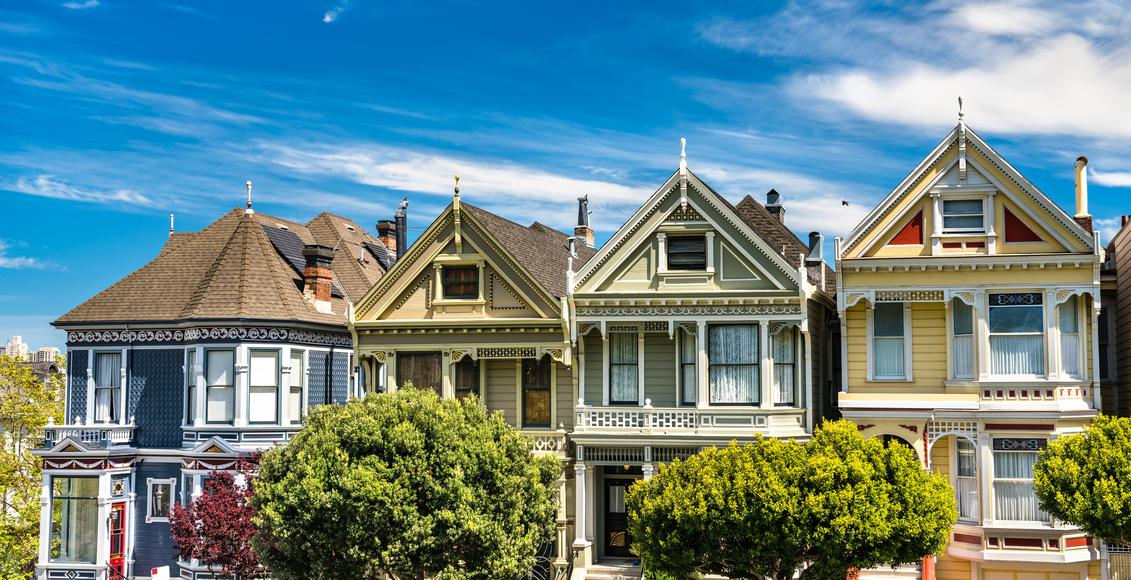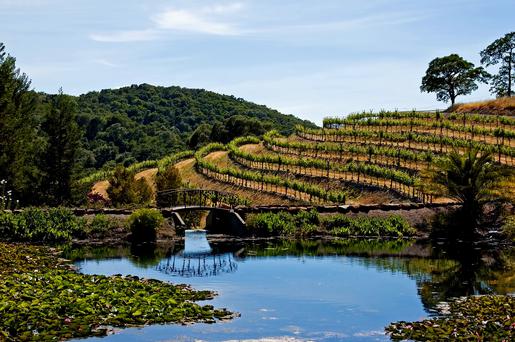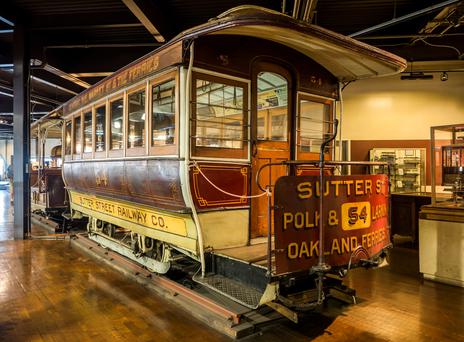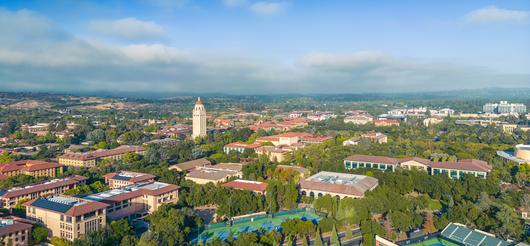Most Underrated Spring Travel Destinations in California
Ditch the busy Spring Break crowds and check out these fantastic, underrated spring travel destinations in California.

Take a trip through the pages of history and discover the oldest cities in Northern California.
5 min read
July 30, 2022

Ditch the busy Spring Break crowds and check out these fantastic, underrated spring travel destinations in California.

Enjoy the perfect California spring weather at these ideal spots for a spring vacation in California.

If you're looking for something fun to do, there are plenty of fun and free things to do in San Francisco, use our guide to help make plans.

Feel the knowledge flood from its elegant red-tile roofs as you wander the town’s beautiful college campus in search of hidden finds.

